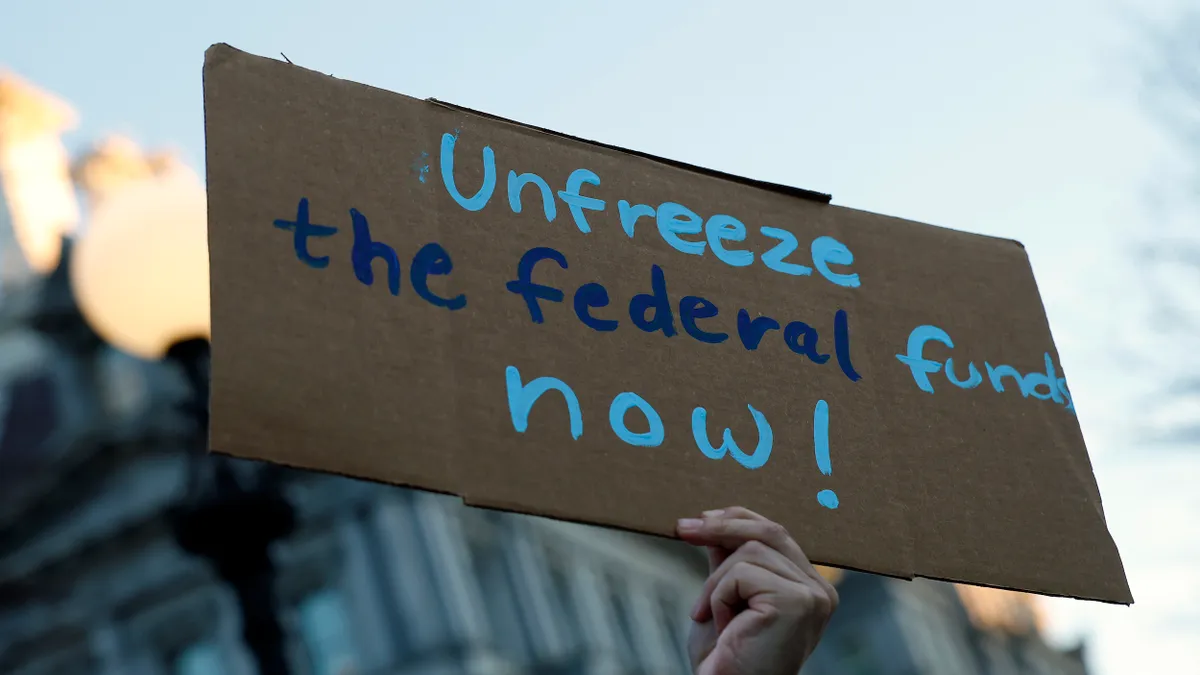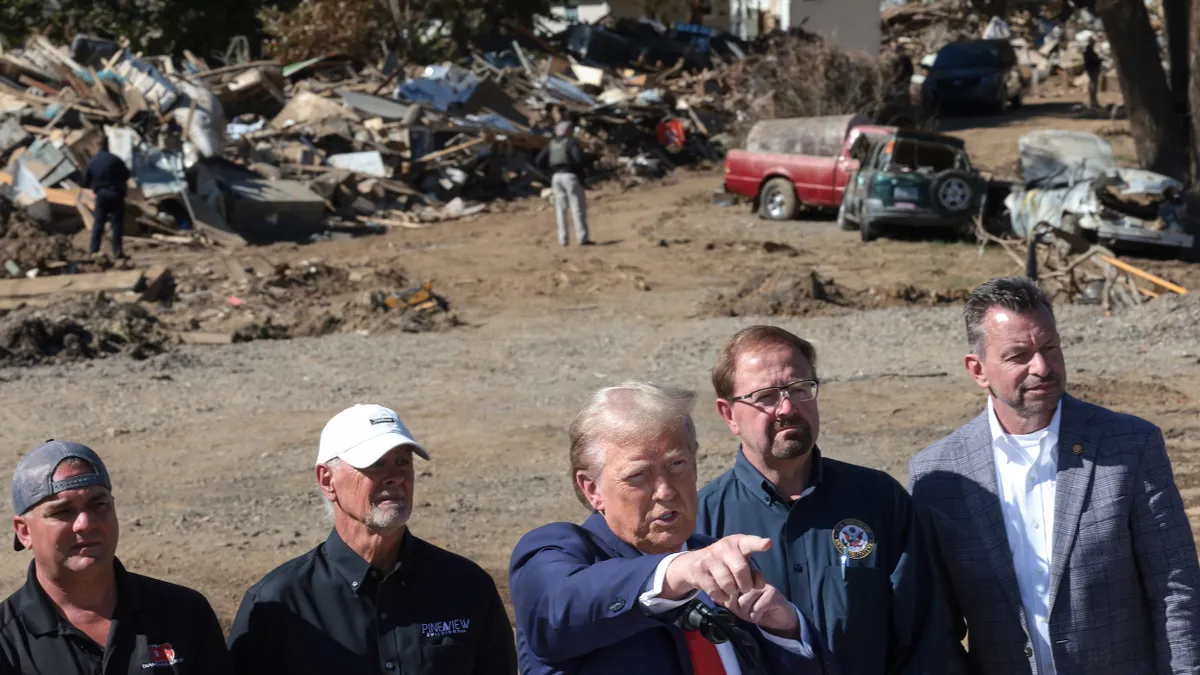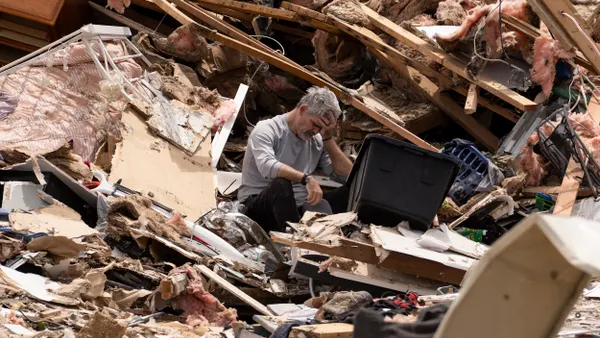Dive Brief:
- Seattle is spending $5.5 million in federal grants to install air-conditioning in five public library branches so they can serve as cooling and clean-air centers where residents can take respite when extreme heat or wildfire smoke hits, according to a news release.
- The city is leveraging funds from the U.S. Federal Emergency Management Agency’s Hazard Mitigation Grant Program, which is available to communities to rebuild more resiliently after a federal major disaster declaration. The 2020 declaration of the COVID-19 pandemic made the $5.5 million available to Seattle.
- Although other cities are also relying on cooling centers to protect people from record-high temperatures, some experts and officials have questioned whether residents use them much and have noted that they may be a “Band-Aid” for poor-quality housing without AC.
Dive Insight:
Seattle, like many other cities, is facing increasingly hazardous summers. Climate change is making them hotter and fueling wildfires that send smoke billowing over wide areas. In 2021, the Pacific Northwest region was hit by a “heat dome” that killed more than 250 people in the U.S., buckled roads and melted train power lines.
The changing climate has turned Seattle, where many people historically did not have AC in their homes, into “an air conditioning town,” according to the city’s NPR news station KUOW.
Of Seattle’s 27 public library branches, 21 are already outfitted with AC. The retrofits at the five additional branches are estimated to cost $5.8 million, but 90% of the cost and $300,000 in grant administration costs will be covered by FEMA. Washington state and Seattle will each contribute nearly $300,000 to the project. The city expects the upgrades to take two years to complete.
“I applaud Washington and Seattle for the foresight to use FEMA grants for heat mitigation,” FEMA Region 10 Administrator Willie Nunn said in a statement. This marks the largest award Seattle has received under FEMA’s Hazard Mitigation Grant Program, according to a city news release.
While public cooling centers have become a common heat-mitigation tactic among cities, more local governments are looking at ways to make sure people have access to AC in their own homes. More communities, for example, are considering requiring landlords to provide tenants with working AC equipment.











